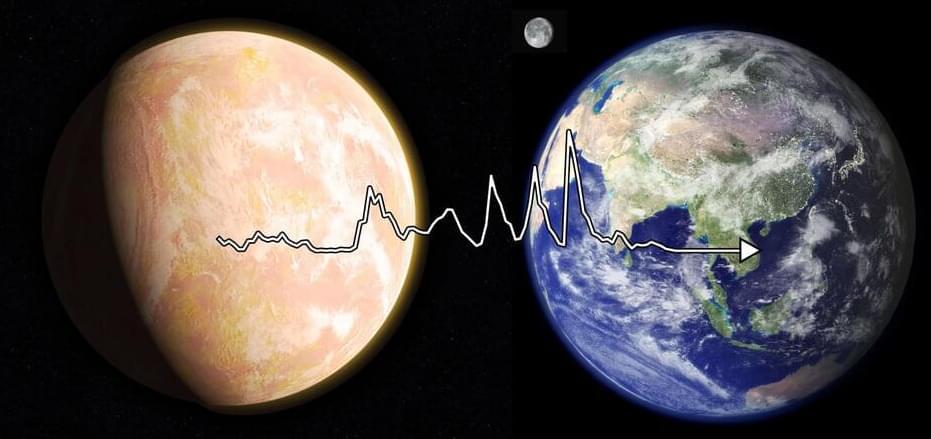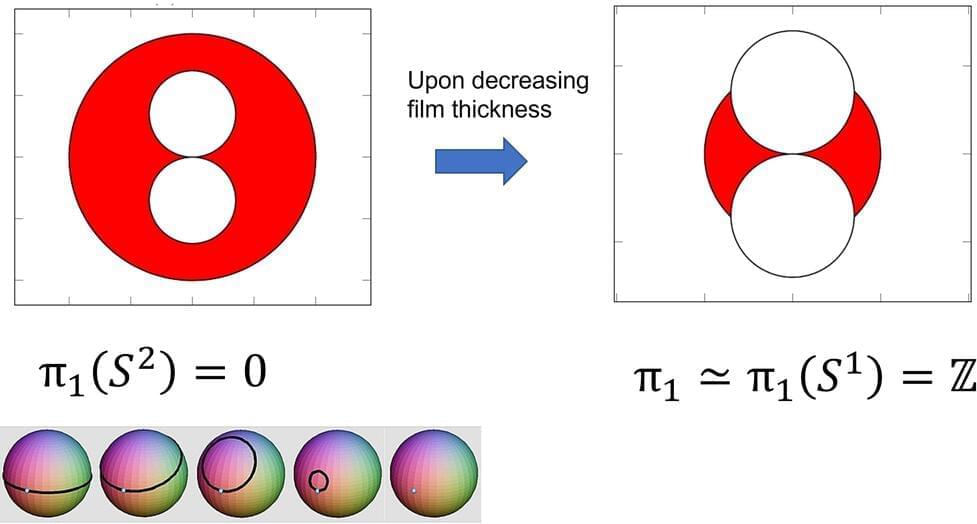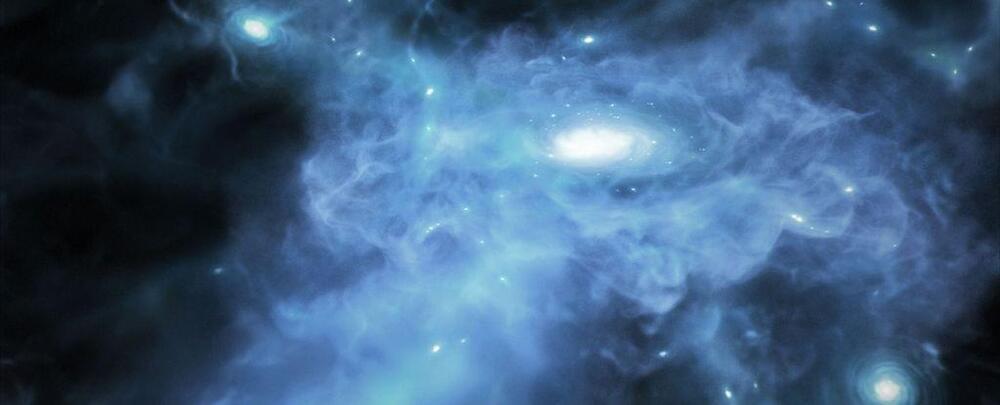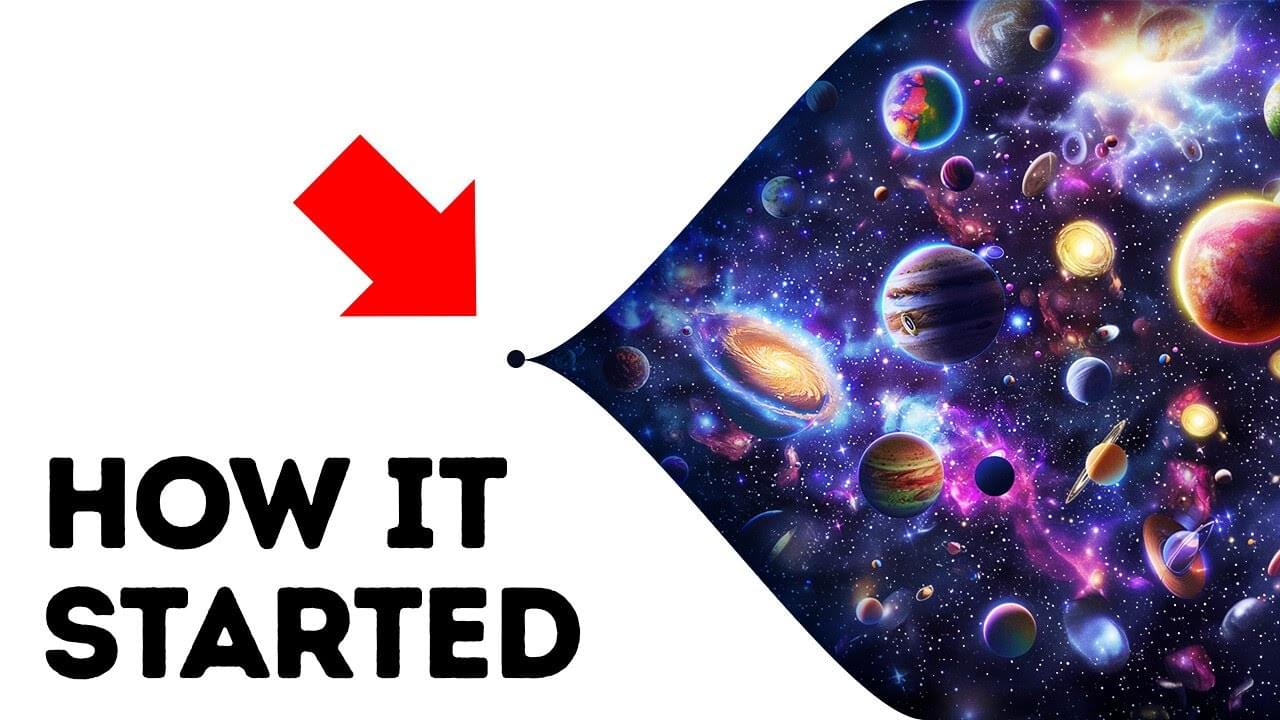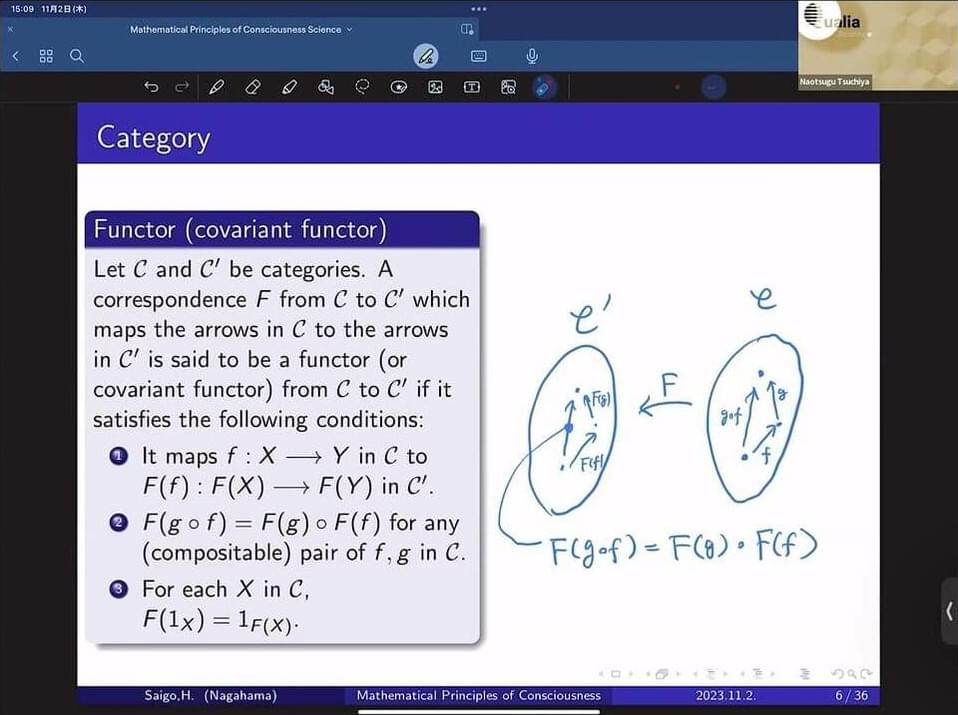The origin of life on Earth has long been a mystery that has eluded scientists. A key question is how much of the history of life on Earth is lost to time. It is quite common for a single species to “phase out” using a biochemical reaction, and if this happens across enough species, such reactions could effectively be “forgotten” by life on Earth.
Transistors are the basis for microchips and the whole electronic industry. The invention of transistors, by Bardeen and Brattain in 1947, awarded with a Nobel prize, is regarded as one of the most important discoveries of the 20th century.
Scientists have just identified the formation processes of some of the Universe’s earliest galaxies in the turbulent era of the Cosmic Dawn.
JWST observations of the early Universe around 13.3 to 13.4 billion years ago – just a few hundred million years after the Big Bang – have revealed telltale signs of gas reservoirs being actively slurped into three newly forming and growing galaxies.
“You could say that these are the first ‘direct’ images of galaxy formation that we’ve ever seen,” says astrophysicist Kasper Elm Heintz from the Niels Bohr Institute in Denmark, who led the research.
Despite their performance, current AI models have major weaknesses: they require enormous resources and are indecipherable. Help may be on the way.
ChatGPT has triggered an onslaught of artificial intelligence hype. The arrival of OpenAI’s large-language-model-powered (LLM-powered) chatbot forced leading tech companies to follow suit with similar applications as quickly as possible. The race is continuing to develop a powerful AI model. Meta came out with an LLM called Llama at the beginning of 2023, and Google presented its Bard model (now called Gemini) last year as well. Other providers, such as Anthropic, have also delivered impressive AI applications.
Quantum emitters in Si show promise for applications in quantum information processing and communication due to their potential as spin-photon interfaces. Jhuria et al. report the formation of selected telecom emitters in Si using local writing and erasing by fs laser pulses and annealing in a hydrogen atmosphere.
Scientists “took a picture” of the Big Bang by capturing the cosmic microwave background (CMB) radiation, which is like the afterglow of the Big Bang. They used satellites like the Cosmic Background Explorer (COBE) and the Planck spacecraft to measure this ancient light. These instruments detected faint microwave signals that have been traveling through space for about 13.8 billion years. By analyzing these signals, scientists created a detailed map of the early universe, showing tiny temperature fluctuations. This “picture” helps us understand the universe’s origins and how it has evolved over time. #brightside Credit: Galaxy Cluster Abell: NASA Hubble — https://flic.kr/p/2e8LH2d, CC BY 2.0 https://creativecommons.org/licenses/.…, https://commons.wikimedia.org/wiki/Fi… Cosmic Microwave: ESA and the Planck Collaboration, CC BY 4.0 https://creativecommons.org/licenses/.…, https://commons.wikimedia.org/wiki/Fi… NASA’s Goddard Space Flight Center Animation is created by Bright Side.
Music from TheSoul Sound: https://thesoul-sound.com/ Check our Bright Side podcast on Spotify and leave a positive review! https://open.spotify.com/show/0hUkPxD… Subscribe to Bright Side: https://goo.gl/rQTJZz.
Our Social Media: Facebook: / brightside Instagram:
/ brightside.official TikTok: https://www.tiktok.com/@brightside.of… Stock materials (photos, footages and other): https://www.depositphotos.com https://www.shutterstock.com https://www.eastnews.ru.
For more videos and articles visit: http://www.brightside.me
After finding a mistake in the generalised quantum Stein’s lemma, researchers including CQT’s Marco Tomamichel are working through the consequences.

The proof of the generalised quantum Stein’s lemma has a gap. Image credit: Shutterstock.com/randy andy
The discovery of a flaw in the proof of a 15-year-old lemma has rocked the community of researchers who study quantum information. Results that built on the finding are also broken.
Free access Closer to Truth’s library of 5,000 videos: http://bit.ly/2UufzC7Does everything about a person disappear at death? The body? Sure, it’s gone. The…
Non-personalized content and ads are influenced by things like the content you’re currently viewing and your location (ad serving is based on general location). Personalized content and ads can also include things like video recommendations, a customized YouTube homepage, and tailored ads based on past activity, like the videos you watch and the things you search for on YouTube. We also use cookies and data to tailor the experience to be age-appropriate, if relevant.
Select “More options” to see additional information, including details about managing your privacy settings. You can also visit g.co/privacytools at any time.
